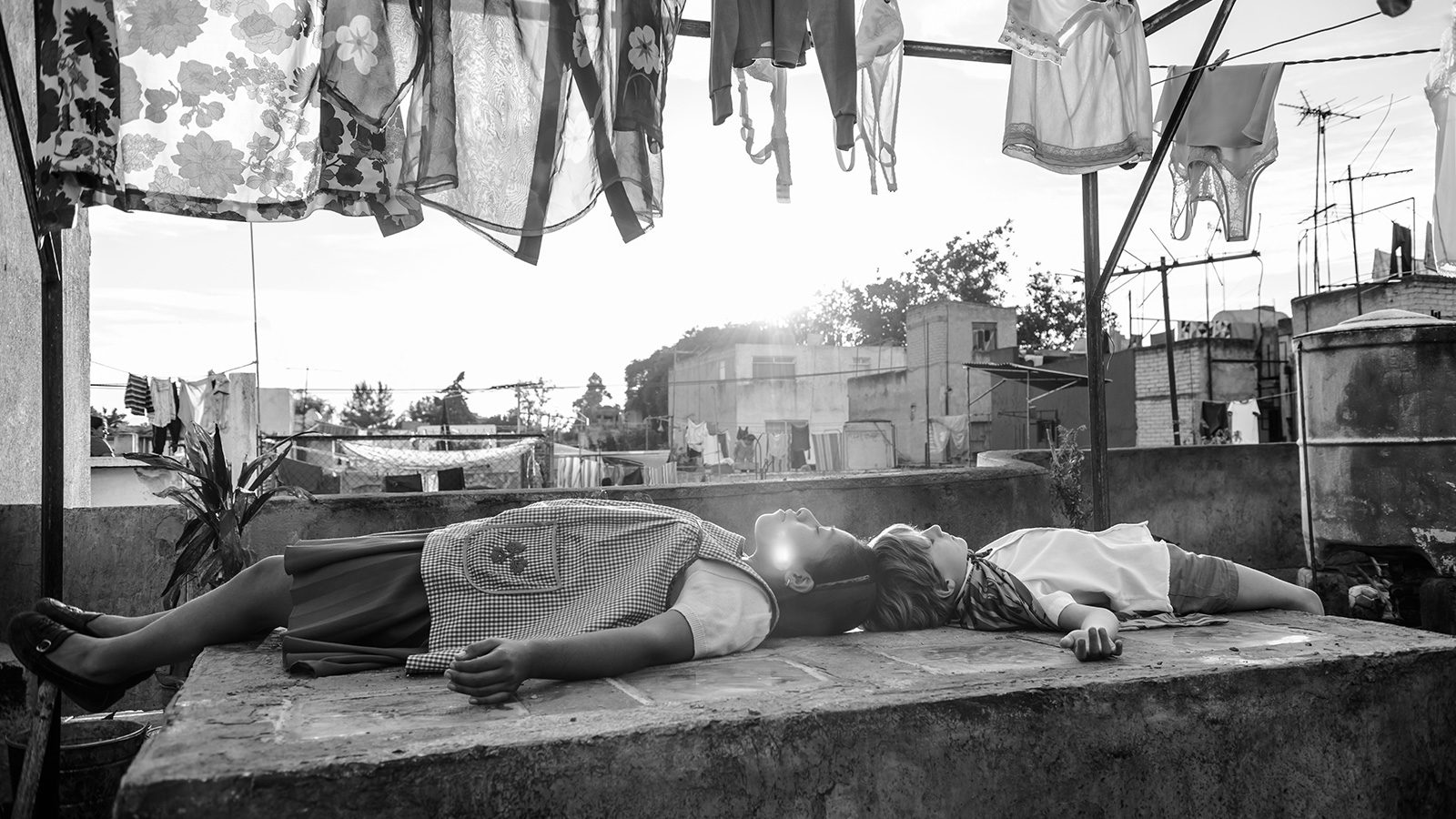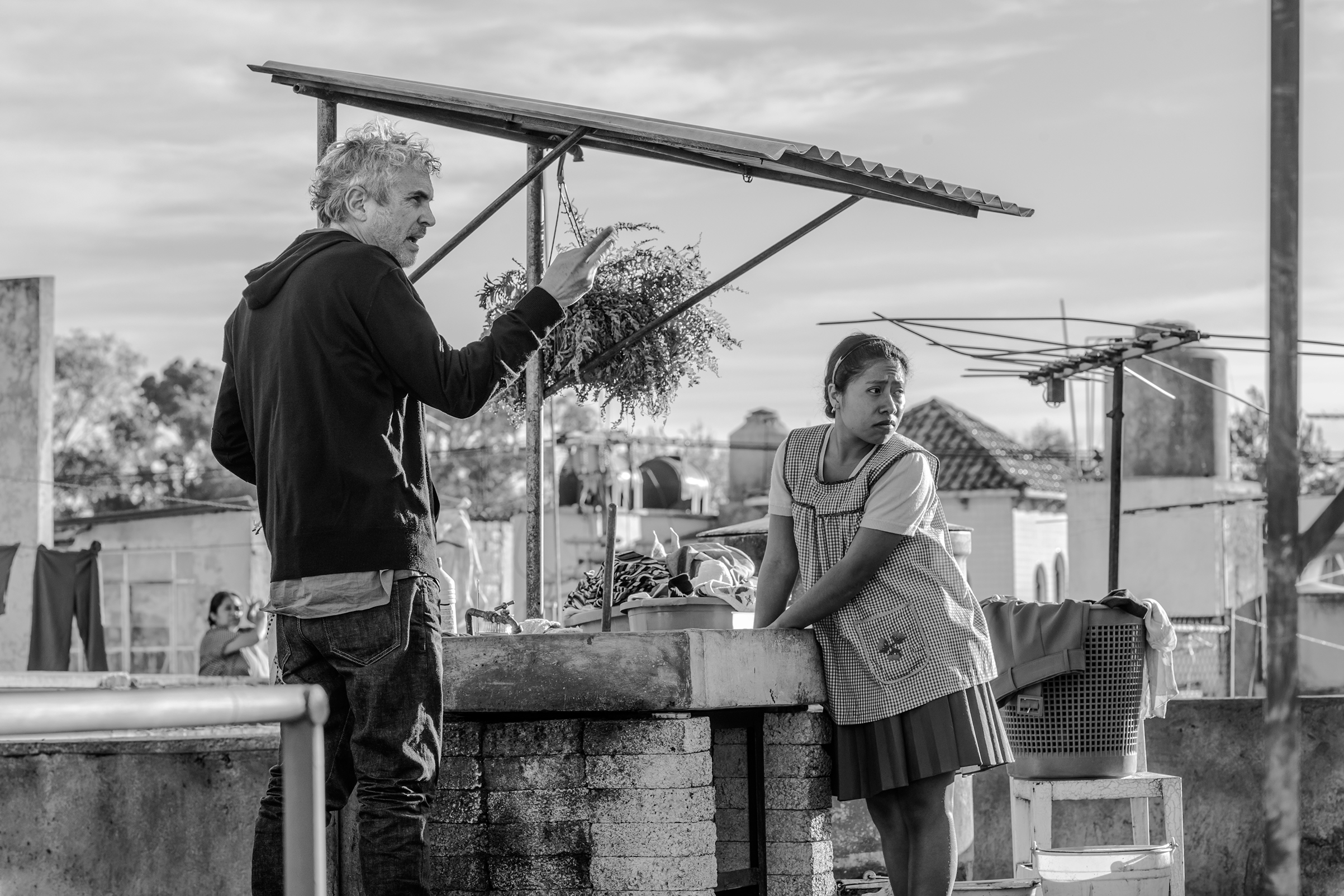Roma, by Alfonso Cuarón, was much talked about because of many reasobs: it has been distributed by Netflix, it was awarded the Leone D’oro at Venice Film Festival. We will address it for what it is: an attempt to create a totalizing work of art, something “larger than life” that we have been missing for a long time.
Here are two much inspired reviews by Sofia Brugali and Margherita Fontana.
Roma – as seen by Sofia Brugali
Rome, the winner of the 75th Venice International Film Festival’s Golden Lion, is an ambitious and personal project, which the filmmaker carried out during every phase of the creation, from the script to the post-production. This special attention comes from the semi-autobiographical nature of the film itself, which tells us about Cuarón’s childhood through the memories of the director, but also of his brothers and nanny’s recollections. It is a meso-american movie, simular to the Italian production “The best of youth”, in which personal story and history of the world inexorably mix, but remain on two different levels. In the foreground we as spectators follow the movement of the cameras and the story of the filmmaker’s family. They live in Mexico City’s neighborhood of Colonia Roma together with the mixtec baby-sitter, whereas in the background the agitations of Mexico in the Seventies take place. Everyday life is depicted in a very realistic and rough way, emphasized by the black and white photography. This is another hint of the relocation in the past of the events, which are collected and analyzed by the adult Cuarón, who reworks them through the digital tool. The themes are various, but what struckes the most is the dignity of the protagonist, Cleo. She is restricted by her condition of woman, native and servant, but not diminished in her humanity. Cleo is the charachter who kept me glued to the screen and with whom I suffered the most. But beside this feeling, the gap between memory and present creates a sense of detachment between the depicted events and the spectators.
Roma – as seen by Margherita Fontana
It takes a certain degree of maturity to talk about one’s childhood: it took twelve years to Alfonso Cuarón to do Roma, a magnificent work dedicated to his nanny. The story of Cleo is quite common: she’s a young pregnant woman left by her boyfriend, who finds solace in the love for her
“adoptive” family. The social unrest of workers and students, the moral vacuum of the middle class provide a sometime surreal background to a touching tale about the complexity of the women’s condition: Cuarón asks us to think about what it means to be mothers, sisters, life companions. While describing his personal and original world, he provides us a glimpse on the human being universal depth, on this mixture of pain and beauty which is our existence. Such an ambitious project could not be achieved without instruments worthy of this magniloquence. The film is shot in 65mm, a spectacular format, in a “contemporary” B/W, to use a phrase by the director. I hate to say it to Netflix subscribers who missed it at cinema, but Roma had to be seen on the big screen to explore each corner of the tracking shots, to enjoy the scale of the frames, to feel a theatre full of people becoming suddenly more than silent, to appreciate the definition of the sound design used by Cuarón to render the liveliness of his native city. A truly cinematographic experience, which cannot leave anyone unmoved.









Commenti recenti